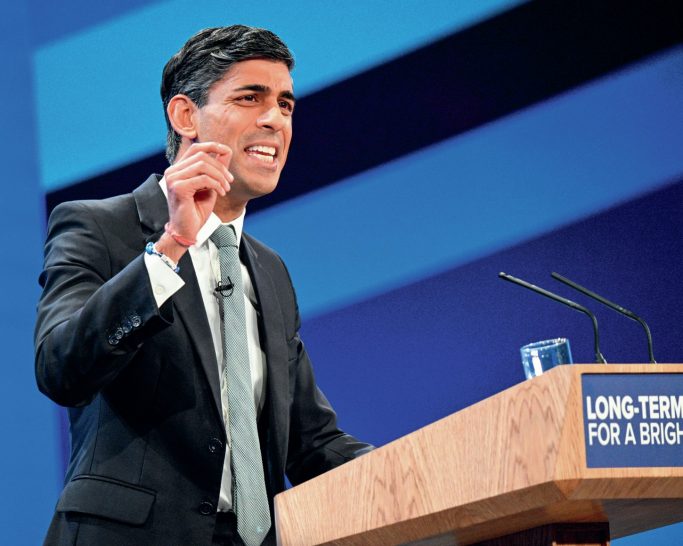
Political action committees (PACs) have long been a feature of the US election process. By law, organisations such as companies and trade unions cannot donate directly to candidates for Congress or the presidency. Instead, such campaign contributions must be channelled through a PAC. A corporate PAC (such as Microsoft PAC or Coke PAC) can raise money from shareholders and employees (generally senior managers) and then donate to chosen candidates. There are tight legal limits. PACs can only contribute up to $5,000 per candidate per election. (Primaries and general elections are counted separately.)
Alongside ‘connected PACs’ (those established by organisations such as companies or unions), there are significant numbers of ‘non-connected’ PACs. Some are created by established interest groups (such as the National Rifle Association) but, unlike ‘connected PACs’, they collect contributions from members of the public. Some (often dubbed ‘leadership PACs’) are established by members of Congress or those considering a presidential bid. They endorse and give strategically to candidates in important races and to those who share the PAC’s political objectives. In the 2010 mid-term elections, for example, SarahPAC which had been formed in 2009 by former Alaska Governor Sarah Palin gave a total of $4,356,458 to Republican Congressional candidates who were associated with the Tea Party movement and its calls for radical tax-cutting measures (http://tinyurl.com/83q4mrq).
Your organisation does not have access to this article.
Sign up today to give your students the edge they need to achieve their best grades with subject expertise
Subscribe




